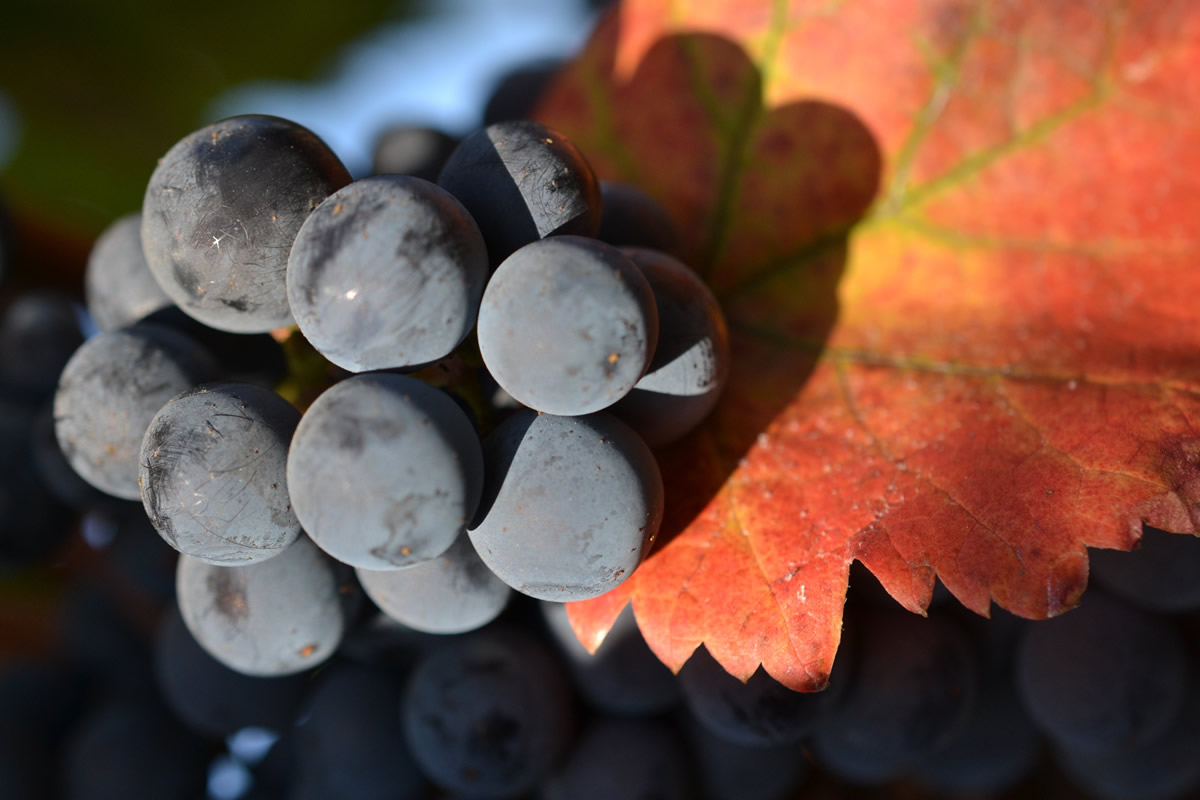by By Igor Sill, Sill Family Vineyards
I chose to grow grapes in Napa’s high elevation Atlas Peak volcanic appellation because it offers longer sun exposure and cooler nights, presenting a unique mountain area for truly great wines.
What I didn’t realize was the many beneficial environmental assets of Atlas Peak until a few years of my ownership had lapsed. With the rising awareness over the potential harm caused by agriculture, adopting eco-friendly farming practices geared to protecting our water sources, storing carbon, reducing greenhouse gas emissions and maintaining soil health has been getting lots of attention lately. I’ve since embraced my responsibility to preserve our soil’s health for our generation and the many generations to come. As Franklin Delano Roosevelt once noted, “The nation that destroys its soil, destroys itself.”
We all agree that we must dramatically cut our carbon dioxide emissions to help limit global warming and avoid future climate catastrophes. The interesting thing is that cutting carbon emissions by redirecting carbon into the soil actually benefits the quality, health and production of wine. Redirecting carbon into vineyards has been shown to be an effective natural soil amendment. By utilizing biochar, bioenergy, biomass, weathering and cover crops we can greatly reduce greenhouse gas emissions.
The purity of fresh mountain rain explains why some high elevation vineyards become award winning year after year. Most Atlas Peak vineyards are dry farmed due to its volcanic soil’s ability to absorb and retain fresh rain water while maintaining soil moisture for months. Thus, we don’t irrigate much, relying on the purity of stored direct rainfall to nurture vines for much of the growing season. Amazingly, these very same volcanic rocks serve another equally important function, carbon dioxide capture.
The Intergovernmental Panel on Climate Change report on mitigating climate change contains many such techniques and innovative approaches. Carbon dioxide removal, essentially pulling carbon dioxide from the atmosphere, is essential to combating climate change, according to the world’s leading scientists. In farming vineyards there are many responsible practices for removing carbon dioxide and preventing it from returning to the atmosphere. We deploy many of these so as to help us reach our own climate goals.
In a natural process called “weathering”, our volcanic basalt rock terrain naturally absorbs carbon dioxide from the atmosphere. We’ve added additional exposed volcanic basalt rock to this natural weathering process. This is accomplished by relocating large amounts of stacked rocks and surrounded our vineyards where they absorb carbon dioxide.
The 2017 Atlas Peak fires, and several more recent Napa and Sonoma fires, confirmed our need for reforestation so as to keep carbon absorbed and stored. Post fires we planted new oak trees and carbon sequestering coyote shrubs on the property so as to restore the capture of carbon dioxide. Turns out that while our vines, trees and shrubs capture carbon dioxide as they grow, they also provide natural fuel source in a process called “bioenergy,” absorbing and holding carbon for a longer time. Our vines use sunlight, carbon dioxide from the atmosphere, and water for photosynthesis to produce oxygen and carbohydrates that our vineyard needs for energy, nutrients and growth, essentially nature’s fertilizer.
It all starts with the burning of biomass, such as vine cuttings left over from pruning, to produce biochar, a charcoal-like substance that stores carbon. Biochar is raked into the soil to keep carbon out of the atmosphere for long periods and improves our soil’s health and sustainability. A recent Columbia Climate School scientific report that found that plant photosynthesis aids carbon dioxide fertilization. We practice no-till farming which slows the rate of soil carbon loss and increases soil carbon levels. Along with our cover crop replenishing soil nutrients, this approach provides us with a natural, organic fertilizer and healthier vines along with long-term carbon storage without impacting biodiversity. We encourage and attract bees with numerous rosemary, roses, and mustard-clover-sweet pea plantings in our cover crop creating a vineyard ecosystem rich in diversity. In turn, cover crops promote healthy soils by improving organic matter while removing carbon dioxide from the atmosphere. As a result of these many environmentally best practices we’ve completed NapaGreen’s carbon certification requirements.
Maintaining a healthy and environmentally sound habitat around our vineyard is crucial. We practice integrated pest management by welcoming falcons to control bird populations, adding trees and shrubs as natural habitats that help to control pests naturally. These practices translate to greater biodiversity of a more sustainable ecosystem and our commitment to preserve our soil’s health for the many generations to come. It all starts in the vineyard.
Igor Sill is living his dream pursuing his passion for perfection organically farming a mountain vineyard on Atlas Peak in Napa. He’s a naturalist, wine lover, winemaker, vintner, writer, Court of Master Sommeliers, attended UC Davis’ winemaking program, member of the Sierra Club and holds his master’s from Oxford University.
